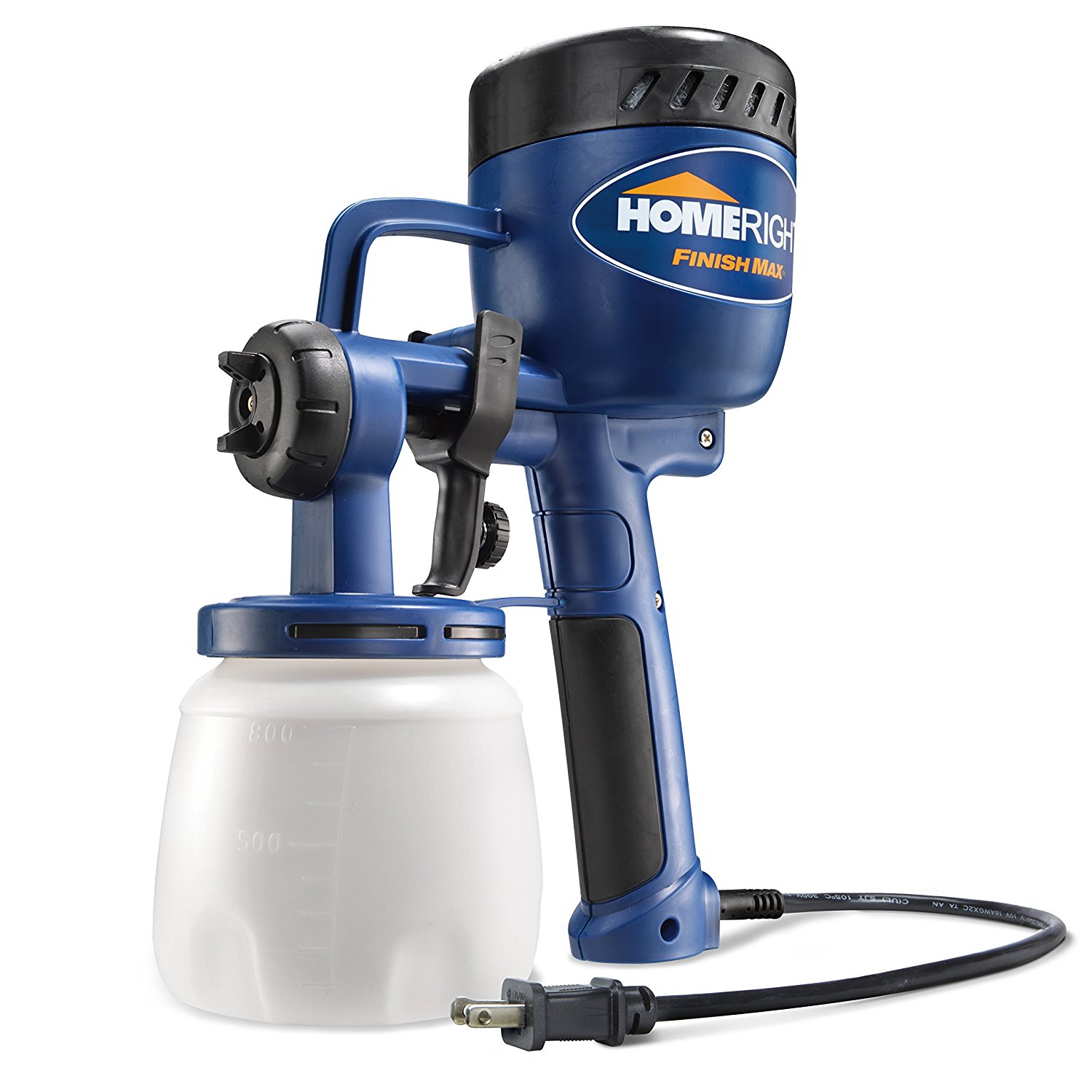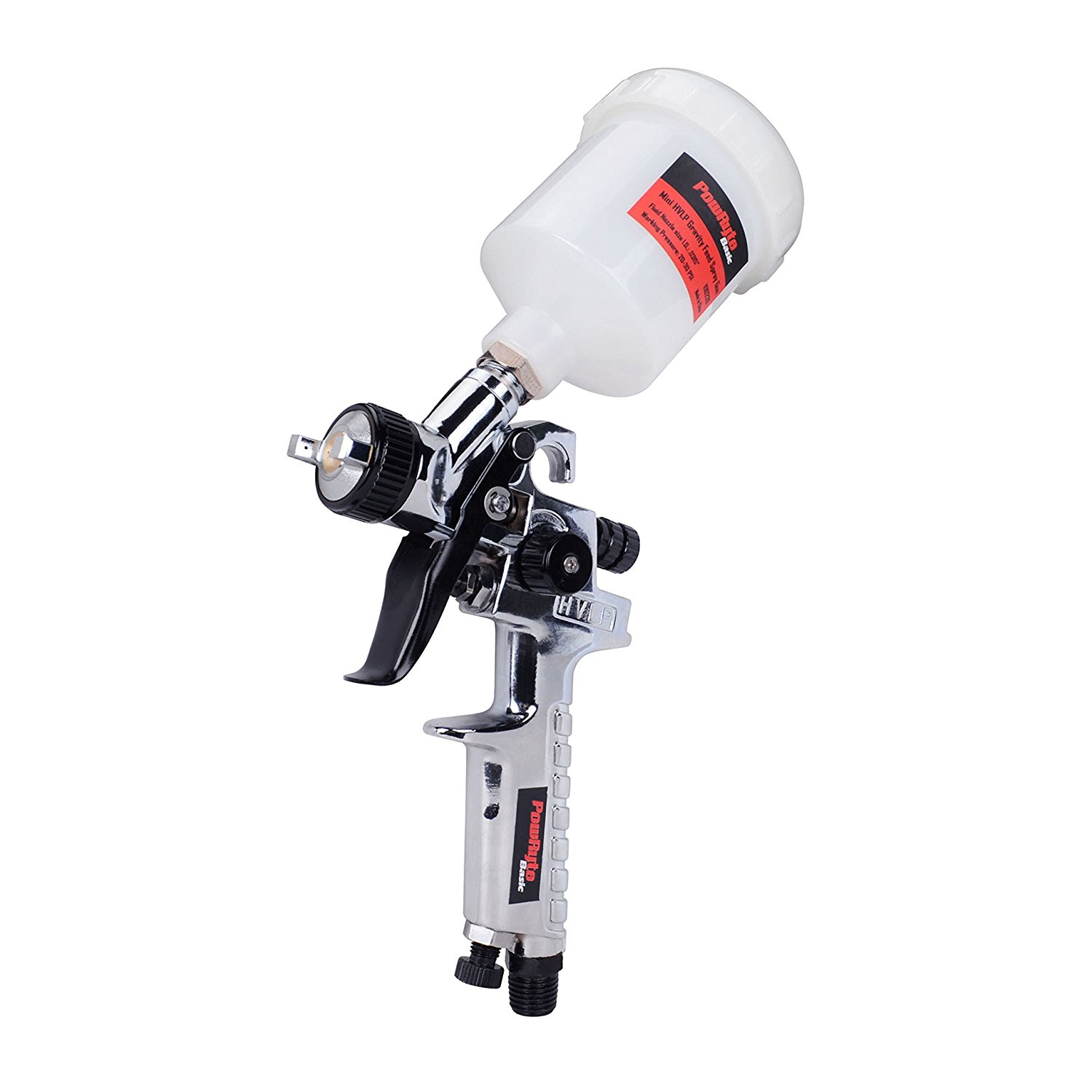Types of Spray Painting Systems for Cabinets

Choosing the right spray painting system for your cabinet project is crucial for achieving a professional-looking finish. The wrong choice can lead to frustration, uneven coverage, and a less-than-stellar result – essentially, a cabinet-sized comedy of errors. Let’s explore the main contenders in this high-stakes battle for cabinet perfection.
Spray painter for cabinets – Three primary systems dominate the spray painting arena: High Volume Low Pressure (HVLP), Airless, and Aerosol. Each boasts its own unique strengths and weaknesses, much like a trio of quirky but talented superheroes.
Spray Painting System Comparison
To help you navigate this spray painting labyrinth, we’ve compiled a handy comparison table. Remember, these are general guidelines; specific costs can vary based on brand and model.
| System Type | Advantages | Disadvantages | Typical Cost |
|---|---|---|---|
| HVLP | Excellent atomization, less overspray, relatively easy to use, good for detail work. | Slower application speed than airless, can be more expensive than airless, requires more compressor power. | $100 – $500+ |
| Airless | Fast application speed, high transfer efficiency, suitable for large areas. | More overspray than HVLP, requires more cleaning, can be challenging for beginners, higher risk of damage to delicate surfaces. | $200 – $1000+ |
| Aerosol | Convenient, easy to use, inexpensive for small projects. | Limited control, high overspray, less efficient paint transfer, not ideal for large projects, can be expensive for large areas. | $5 – $20+ per can |
Best Spray Painting System for Cabinet Materials
The ideal spray painting system also depends on the material of your cabinets. Choosing the wrong system can be like trying to use a sledgehammer to crack a walnut – inefficient and potentially damaging.
- Wood: HVLP is generally preferred for wood cabinets due to its ability to provide a smooth, even finish without excessive overspray that could clog the wood grain. Airless can work, but requires careful technique to avoid damage.
- MDF (Medium-Density Fiberboard): Both HVLP and airless can be used successfully on MDF, but airless might be faster for large projects. However, always ensure proper surface preparation to prevent chipping or damage.
- Laminate: Aerosol cans are often suitable for touch-ups on laminate cabinets, but for larger areas, HVLP offers better control and a more even finish. Airless is generally not recommended for laminate as it can damage the surface.
Safety Precautions for Spray Painting Systems, Spray painter for cabinets
Spray painting, while incredibly satisfying, isn’t a walk in the park. Ignoring safety precautions is a recipe for disaster, ranging from minor annoyances to serious health issues. Think of safety gear as your superhero suit; it protects you from the paint-splatter villains!
- Always wear a respirator: Spray paint fumes are not your friends. A good respirator is essential to protect your lungs from harmful particles and chemicals.
- Eye protection: Safety glasses or goggles are a must to shield your eyes from paint splatters and overspray.
- Protective clothing: Cover up! Wear long sleeves, pants, and gloves to protect your skin from paint contact.
- Work in a well-ventilated area: Open windows, use fans, or work outdoors if possible. This helps dissipate harmful fumes.
- Proper disposal of materials: Follow local regulations for the proper disposal of paint cans, rags, and other waste materials.
- Read and follow the manufacturer’s instructions: This might seem obvious, but it’s crucial. Each spray painting system has its own specific safety guidelines.
Spray Painting Techniques and Best Practices for Cabinets: Spray Painter For Cabinets

Ah, spray painting cabinets – a task that promises a stunning transformation but can quickly descend into a sticky, drippy disaster if not approached with the right blend of skill and a healthy dose of respect for the process. Think of it as a delicate dance between you, your spray gun, and the volatile world of paint. Let’s navigate this dance together, shall we?
Step-by-Step Spray Painting Process
The key to a professional-looking finish lies in meticulous preparation and a methodical approach. Rushing this process is like trying to build a castle out of jelly – it’s just not going to hold up. Follow these steps for a finish that will make your cabinets the envy of the neighborhood (or at least the envy of your cat, who will likely be unimpressed but still try to nap on them).
- Surface Preparation: This isn’t optional; it’s the foundation of a successful paint job. Thoroughly clean the cabinets, removing grease, grime, and any existing finish. Sanding is your friend here – use progressively finer grits to achieve a smooth surface. Don’t forget to fill any holes or imperfections with wood filler and sand them smooth.
- Priming: Think of primer as the unsung hero of the painting world. It ensures better adhesion of the paint, provides a uniform base, and can even help to cover up stubborn stains. Apply a thin, even coat of primer, allowing it to dry completely before proceeding.
- Spray Painting: This is where the fun (and potential for disaster) begins. Maintain a consistent distance from the surface and use smooth, overlapping strokes. Avoid heavy coats, which are more prone to runs and drips. Multiple thin coats are better than one thick, disastrous one.
- Drying and Curing: Patience, young Padawan! Allow each coat of paint to dry completely before applying the next. The drying time will vary depending on the paint and environmental conditions. Full curing can take several days, so resist the urge to rush the process.
- Final Inspection and Touch-Ups: Once the paint is fully cured, inspect the finish for any imperfections. Light sanding and touch-ups might be necessary to achieve a flawless finish. A final coat of clear coat can add extra protection and shine.
Achieving a Smooth, Even Finish
The secret to a flawless finish isn’t magic; it’s technique. Imagine yourself as a painter wielding a magical spray gun (because, let’s be honest, that’s pretty much what it feels like when it works). Maintain a consistent distance of approximately 6-8 inches from the surface. Overlapping your strokes by 50% ensures even coverage. Use smooth, even motions, avoiding sudden stops or starts. Think of it as calligraphy, but with paint.
Proper Ventilation and Environmental Conditions
Spray painting involves the release of volatile organic compounds (VOCs), which can be harmful if inhaled. Adequate ventilation is crucial. Work in a well-ventilated area, preferably outdoors or in a space with a powerful exhaust fan. Ideal temperature and humidity levels are typically between 65-75°F (18-24°C) and 40-60% relative humidity. Painting in extreme temperatures or humidity can affect the drying time and the final finish, leading to cracking or bubbling.
Common Mistakes and Solutions
| Mistake | Solution |
|---|---|
| Uneven paint application | Maintain a consistent distance from the surface and use smooth, overlapping strokes. |
| Runs and drips | Apply thin coats, avoid overspraying, and allow sufficient drying time between coats. |
| Dust particles in the finish | Work in a clean, dust-free environment. |
| Poor surface preparation | Thoroughly clean and sand the surface before painting. |
| Using the wrong type of paint | Choose a paint specifically designed for cabinets and the desired finish. |
Cabinet Spray Painting Finishes and Color Selection

Choosing the right finish and color for your sprayed cabinets is akin to selecting the perfect outfit for a first date – you want something that’s both stunning and reflects your personality. A poorly chosen finish can make even the most vibrant color look drab, while a beautiful color paired with the wrong sheen can be a recipe for disaster. Let’s dive into the delightful world of cabinet finishes and color selection.
Cabinet Spray Paint Finishes: A Comparative Look
The sheen of your cabinet paint significantly impacts its appearance and durability. Understanding the differences is crucial for achieving the desired aesthetic and longevity. Different finishes offer varying levels of reflectivity and resilience, influencing how light interacts with the surface and how easily the paint withstands daily wear and tear.
- Gloss: This high-shine finish is incredibly durable and easy to clean, making it ideal for high-traffic areas like kitchens. However, its reflective nature can highlight imperfections in the cabinet surface. Think of it as the bold, confident friend who isn’t afraid to show off a little. Suitable for modern or traditional cabinets, depending on the color choice.
- Semi-Gloss: A happy medium, semi-gloss offers a good balance between durability and a less reflective surface. It’s easier on the eyes than gloss and still relatively easy to clean. This is the reliable friend who always looks put-together but isn’t too flashy. Suitable for a wide range of cabinet styles.
- Satin: This low-luster finish offers a subtle sheen with excellent durability and cleanability. It’s a popular choice for its elegant, understated look. Imagine this as the sophisticated cousin who always looks effortlessly chic. Works well with both contemporary and traditional styles.
- Matte: This flat finish is stylish and hides imperfections well, making it a great choice for cabinets with minor flaws. However, it’s less durable and harder to clean than other finishes. This is the artistic friend, a bit more sensitive but undeniably beautiful. Best suited for more rustic or farmhouse styles.
Selecting Appropriate Spray Paint Colors for Cabinets
Choosing the right color is a crucial step. Consider the existing décor, the room’s lighting, and your personal style. Think of it as choosing the perfect backdrop for your culinary masterpieces (or just your coffee mugs).
Room Lighting and Color Perception
Natural light significantly affects how colors appear. North-facing rooms receive cooler light, while south-facing rooms get warmer light. Test your chosen colors in the room under various lighting conditions to avoid unpleasant surprises. For instance, a color that appears vibrant in bright sunlight might look dull under dim lighting.
Existing Décor and Color Harmony
Your cabinets should complement, not clash with, the existing décor. Consider the colors of your walls, countertops, and flooring. Analogous color schemes (colors next to each other on the color wheel) create a harmonious feel, while complementary colors (opposite each other on the color wheel) offer a more dramatic contrast.
Personal Preference and Style
Ultimately, the color should reflect your personal style and preferences. Don’t be afraid to experiment with different shades and hues to find the perfect fit. Remember, it’s your kitchen, and you should love the way it looks.
Achieving Specific Paint Effects with Spray Paint
Spray painting offers opportunities to create unique and interesting finishes beyond simple solid colors.
Creating a Distressed Finish
1. Apply your base coat of paint and allow it to dry completely.
2. Apply a second coat of a slightly different color or a glaze.
3. Once the second coat is dry, use fine-grit sandpaper to lightly sand away parts of the top coat, revealing the base coat beneath. Focus on edges and corners for a more authentic look.
4. Apply a clear sealant to protect the finish.
Creating a Two-Tone Finish
1. Apply your base coat of paint and allow it to dry completely.
2. Using painter’s tape, carefully mask off the areas you want to remain the base color.
3. Apply your second color to the unmasked areas.
4. Once the second color is dry, carefully remove the painter’s tape.
5. Apply a clear sealant to protect the finish. Consider using a slightly darker color for the second coat for added depth.
